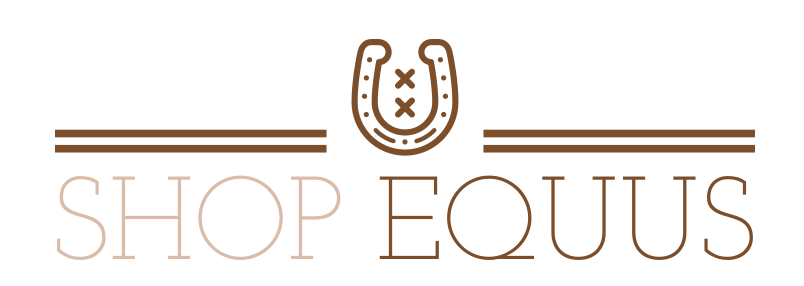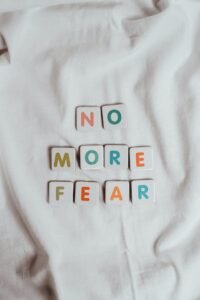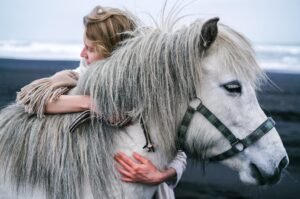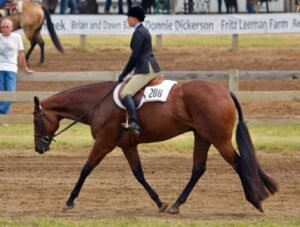
Horses are magnificent and highly intelligent creatures with a unique language of their own. Whether you’re a seasoned equestrian or a newcomer to the world of horses, understanding horse behavior is essential for building a strong bond and ensuring the safety and well-being of both you and your equine companion. In this blog post, we’ll delve into the fascinating realm of horse behavior and explore what your horse may be trying to communicate through their actions and body language.
Horses Speak in Body Language
Horses are masters of non-verbal communication, relying on their body language to convey their thoughts, feelings, and needs. Here are some key aspects of horse behavior to help you decipher their messages:
1. Ears:
- Forward and Perked Ears:
- Curiosity: When a horse’s ears are pricked forward, it often signifies curiosity. Your horse is alert and interested in something happening in its environment. This could be a new sound, an approaching person, or even a tasty treat.
- Engagement: Horses with perked ears are usually engaged and focused. This is an excellent opportunity for training or bonding, as your horse is attentive and receptive to your cues.
- Example: Imagine you’re walking your horse near a wooded area, and its ears perk forward when it hears birds singing. Your horse is curious about the new sounds in the environment.
- Pinned Ears:
- Irritation or Discomfort: Pinned ears, pressed flat against the head, are a clear sign of irritation, anger, or discomfort. Horses display this behavior when they feel threatened, annoyed, or in pain.
- Warning: Horses with pinned ears are sending a warning signal. They are saying, “Back off” or “I’m not happy with this situation.” Approach cautiously and assess the situation for potential sources of distress.
- Example: Your horse is being saddled, and it pins its ears when you tighten the girth. This may indicate discomfort or pain, and it’s crucial to investigate the cause.
- Moving Ears:
- Directional Listening: Horses can rotate their ears independently, which allows them to listen in different directions simultaneously. If one ear is pointed toward you and the other toward a noise in the distance, your horse is multitasking, keeping an eye on both you and the potential source of interest.
- Example: You’re riding your horse in an open field, and while one ear remains attentive to your cues, the other ear swivels toward a distant whinny from another horse. Your horse is keenly aware of its surroundings.
- Floppy Ears:
- Relaxation: When a horse’s ears flop loosely to the sides or even slightly backward, it’s a sign of relaxation and contentment. Your horse feels safe and at ease in its current environment.
- Resting: Horses often relax their ears while resting or dozing. This posture indicates that your horse is comfortable and may even be taking a short nap.
- Example: After a rewarding trail ride, you unsaddle your horse and release it into a spacious paddock. As it stands quietly, its ears flop to the sides, signaling relaxation and satisfaction.
- Pricked Back Ears:
- Anxiety or Fear: Pricked ears pointed backward can indicate anxiety or fear. Your horse may be on high alert and concerned about potential threats from behind.
- Example: You’re riding your horse on a wooded trail, and it suddenly pricks its ears backward while freezing in place. This may be a sign that your horse has heard or sensed something behind it and is assessing the situation for potential danger.
2. Eyes:
- Soft, Blinking Eyes: Relaxed, soft eyes indicate contentment and comfort.
- Wide Eyes with Whites Showing: This can be a sign of fear, agitation, or pain. Approach with care and assess the situation for potential sources of distress.
3. Tail:
- Swishing Tail: A tail swishing rapidly can signal irritation, annoyance, or discomfort. Pay attention to the context to determine the cause.
- Raised Tail: A raised tail can indicate excitement or alertness.
4. Posture:
- Relaxed Posture: A relaxed horse will have a lowered head, a slightly arched neck, and a weight-bearing hind leg. This indicates comfort and contentment.
- Tense or Stiff: A tense horse may have a rigid stance, raised head, or clenched jaw. This could signal anxiety, fear, or physical discomfort.
5. Vocalizations:
- Whinnying: Horses may whinny to call to other horses or express excitement when they see their owner.
- Snorting: A quick snort can indicate surprise or alertness.
- Prolonged Neighing: This could be a sign of distress, such as a horse separated from its herd.
6. Grazing Behavior:
- Head Low to the Ground: When a horse lowers its head to graze, it’s a sign of relaxation and contentment.
- Head Raised: A raised head may indicate vigilance or curiosity.
7. Herd Dynamics:
- Horses are social animals: They thrive in a herd environment, and their interactions within the group can provide valuable insights into their mood and well-being. Changes in herd dynamics can impact an individual horse’s behavior.
8. Physical Contact:
- Nuzzling: Horses often nuzzle each other or their human companions as a sign of affection and bonding.
- Biting or Kicking: These actions may be signs of irritation or discomfort and should be addressed with caution.
Understanding Your Horse’s Unique Behavior
It’s important to remember that every horse is an individual with its own personality and quirks. To truly understand your horse, spend time observing their behavior in various situations. Building a strong bond with your horse, based on trust and respect, is a two-way street. By learning to interpret their body language and respond appropriately, you can nurture a deep and meaningful connection with your equine friend.




